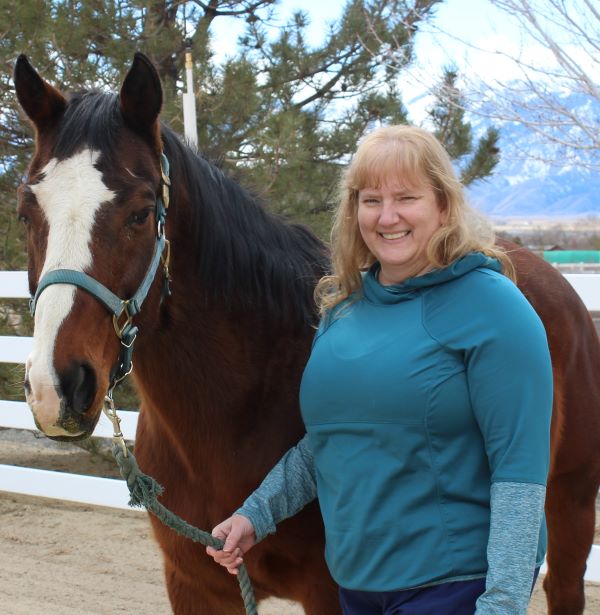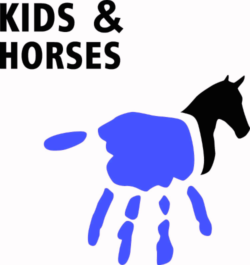What is Occupational Therapy?
The term “occupation” refers to what humans “occupy” themselves with in daily life. For a child, daily occupations may include dressing, feeding, handwriting, focusing at school. Occupational therapy helps people be as independent and successful as possible in their everyday activities, or occupations. Occupational therapists provide individualized evaluations to determine goals, customized intervention to improve the individual’s ability to perform daily activities and goal assessment. Some of the most common skills we target are fine motor skills such as handwriting, gross motor skills like coordinating a jumping jack and sensory integration skills such as focusing and regulating emotions.
According to the American Occupational Therapy Association (AOTA), “Occupational therapists help people across the lifespan participate in the things they want and need to do through the therapeutic use of everyday activities (occupations). Common occupational therapy interventions include helping children with disabilities to participate fully in school and social situations, helping people recovering from injury to regain skills and providing supports for older adults experiencing physical and cognitive changes.”
What is Unique about Occupational Therapy at Kids & Horses?
Kids & Horses offers a unique variation to occupational therapy by incorporating hippotherapy. Hippotherapy is a treatment strategy that utilizes the movement of a horse to help achieve functional goals. The pelvis of a human moves back and forth (anterior-posterior), side-to-side (lateral) and round-and-round (rotation). So does the pelvis of a horse! When a person rides on the back of a horse, their body experiences a similar motion to walking. This simulation has been shown to help people with disabilities who could not walk, be able to walk.
Equine movement challenges core strength, balance, strength, flexibility and provides sensory input. Activities are incorporated to promote increased sensory integration, coordination, fine motor skills, visual perceptual skills, social skills and so much more. The rhythmical and repetitive motion provides sensory input which is very effective in helping individuals with sensory integration challenges such as Autism, ADHD, Sensory Processing Disorder, Fetal Alcohol Syndrome, Fragile X Syndrome, speech-language delays, behavior challenges and other developmental disabilities. The therapist can grade the level of sensory input to the client by varying the horse’s gait, maneuvering the horse in certain patterns and altering the positioning of the rider.
While astride the back of a horse, clients engage in a wide variety of activities to address their individualized goals. For example, reaching out of their base of support to drop a ring down a pole works to increase balance and strength. Placing clothespins in their horse’s mane facilitates improved fine motor skills. Riding backward provides increased vestibular input and completing a multi-step activity promotes increased focus.
Typically, half of each occupational therapy session is spent utilizing hippotherapy as a treatment strategy. The other half occurs in the sensory gym, filled with fun therapy toys and equipment. During “gym time,” traditional occupational therapy techniques are utilized. Sensory integration, fine motor, gross motor and self-care skills are targeted through purposeful play. During this time, the occupational therapist and families also collaborate to problem-solve challenges and develop strategies for home and school. All 60 minutes of occupational therapy can be offered in the gym if hippotherapy is determined to be unsafe for an individual (i.e. uncontrolled seizures or atlantoaxial instability present in Down Syndrome), the client is under the age of 2, if the individual does not wish to ride, when the horses have scheduled vacations and/or on inclimate weather days.
What is the frequency?
Occupational therapy sessions are most commonly 60 minutes, once per week. Typically, the first 30 minutes are dedicated to traditional treatment techniques in the gym on-site and 30 minutes of goal-directed activities on horseback.
What is the Cost?
We are in-network with Medicaid, Hometown Health, Blue Cross Blue Shield and Prominence. Private in-network insurance plans typically require co-pays and cover the rest after deductibles have been met. Out-of-network insurance plans may be able to be billed out-of-network. Some insurance plans do not cover therapy services or have limitations. In this case, you may talk to the therapist about what would be the best payment option for you.
How do I start?
If you or a loved one is interested in occupational therapy at Kids & Horses, please complete our Prospective Client Form. You may also email [email protected] or call 775-267-1775.

Cherlyn Ellis, OTR/L
Cherlyn received her Bachelors of Science Exercise and Sports Science from University of Wyoming, 1996 and then received her BS in Occupational Therapy from Colorado State University in 2003. Cherlyn has a love for animals and has been around animals all her life growing up in Indiana, South Dakota and Colorado. She also has a passion for helping kids and has been a Special Olympic and high school coach, youth volunteer and foster parent. Cherlyn is now combining her love for animals and kids, as an occupational therapist, working for New Light Therapy at Kids and Horses. Fun Fact: Cherlyn loves the water! Her favorite animal is a shark, she enjoys being in or near water and spending time with her own little mermaid, Ariel, her cat. We are excited to have her be apart of our team!


